Sustainable-plastics – Nonwovens 22-09-2022 - Arhive
Sustainable-plastics – Nonwovens
Crude Oil Prices Trend

-International Fibres Group launches Fibres Research Centre in Austria
Fibre manufacturer International Fibres Group (IFG) has launched a new Fibres Research Centre, based at its IFG Asota site in Linz, Austria. The new site will house the SF1000 Pilot Line, IFG’s state-of-the-art, semi-industrial melt spinning line, which is the only one of its kind in the western world.
The pilot line allows the research centre to test and evaluate new and emerging polymer types, which can be developed and engineered specifically to meet the bespoke environmental and performance challenges of its customers, with the aim to find new and sustainable alternatives to traditionally fossil-based products.
The new centre will allow the R&D team from IFG to host customers and demonstrate the pilot line in action. Sustainable-plastics – Nonwovens
“Key launch partners include OMYA, Arkema and PTTMCC / Mitsubishi Chemicals. Approaches for collaborative research projects are welcomed by the IFG team, especially for those who have sustainable alternatives to fossil-based polymers and additives to test and develop,” IFG said in a press release.
Simon Riepler, IFG Group R&D director said, “The new Fibres Research Centre sees itself as an international centre of competence for thermoplastic fibres. The goal was and is to create a place where state of the art fibre R&D can happen. Together with our suppliers, customers and development partners we work on the sustainable fibre solutions for the future where biobased, biodegradable and recycled materials are key of the scope.”
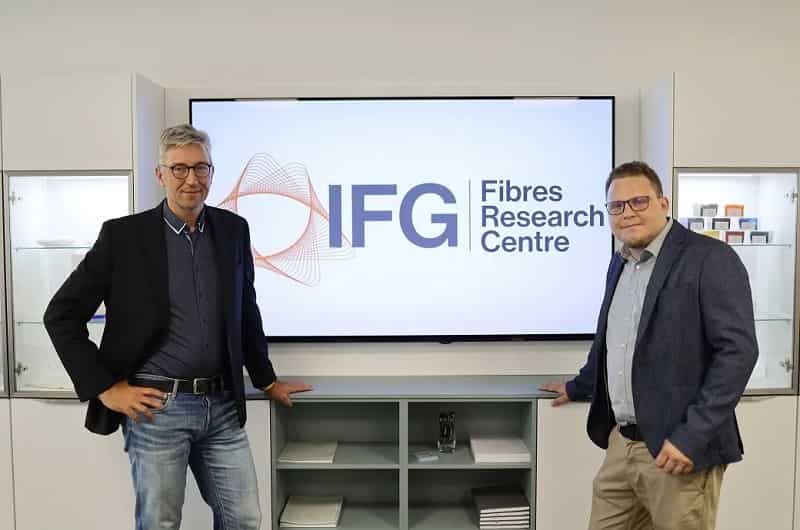
-UK: New funding competition to drive innovation in smart sustainable plastics
UK Research & Innovation’s Smart Sustainable Plastic Packaging (SSPP) Challenge has launched a new £2.5 million Future Plastic Packaging Solutions Round 2 competition for research and innovation projects seeking grant funding from £30,000 to £250,000.
From new recycling processes to reuse and refill solutions and novel polymers, the £60 million SSPP Challenge is working to make plastic packaging fit for a sustainable future. It is the largest and most ambitious UK government investment to date in sustainable plastics research and innovation, and is focused on driving a step change in the UK’s ability to reduce, reuse and recycle plastic packaging.Sustainable-plastics – Nonwovens
This latest competition is open to applications from projects that:
help make the plastics packaging supply chain more circular;
deliver the objectives and/or targets of the UK Plastics Pact, creating a circular economy for plastics, keeping them in the economy and out of the natural environment;
embed lifecycle thinking and end-of-life in packaging design and decisions.
“In building the SSPP project portfolio, we have been aiming for a balanced approach that targets some of the key barriers to increasing the reduction, reuse and recycling of plastic packaging,” explains SSPP Challenge Director Paul Davidson. “For this competition, we are looking for bold and ambitious innovation proposals that keep the value embedded in plastic packaging in the economy, and out of the natural environment.”
In this funding round, SSPP is particularly interested in proposals focused on:
- preventing, mitigating or measuring plastic packaging litter pollution in the environment;
- facilitating and scaling-up the adoption of reuse, refill and prefill packaging systems; and
- novel chemical recycling approaches for PET packaging.
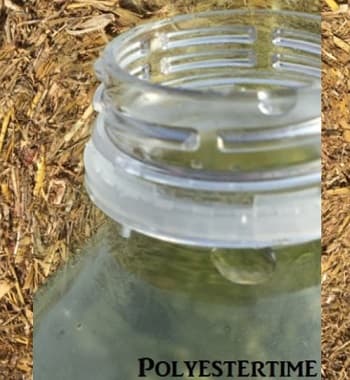
-How to find Mono Ethylene Glycol manufacturer?
ono Ethylene Glycol manufacturers choose the most optimal production method by considering parameters such as high selectivity, high product conversion, less environmental pollution, low corrosion and high catalytic activity.
Mono Ethylene Glycol also with the name MEG is often a sweet taste liquid that may be odorless and poisonous and is Among the most helpful substances during the chemical and petrochemical market.
MEG is a poisonous, viscous, colorless, odorless, syrup liquid with a sweet style. This substance is utilised widely being an intermediate product for manufacturing various handy chemical and petrochemical goods. The chemical system from the Mono Ethylene Glycol is C2H6O2. Sustainable-plastics – Nonwovens
Mono Ethylene Glycol manufacturers use Ethylene Oxide with water within neutral or acid-based environments to create Mono Ethylene Glycol with a grade of much more than 90%. As MEG is usually a poisonous compound, has to be transported and made use of with care and employing professional safety amenities. Mono Ethylene Glycol manufacturers
Mono Ethylene Glycol manufacturers choose the most optimal production method by considering parameters such as high selectivity, high product conversion, less environmental pollution, low corrosion, and high catalytic activity.
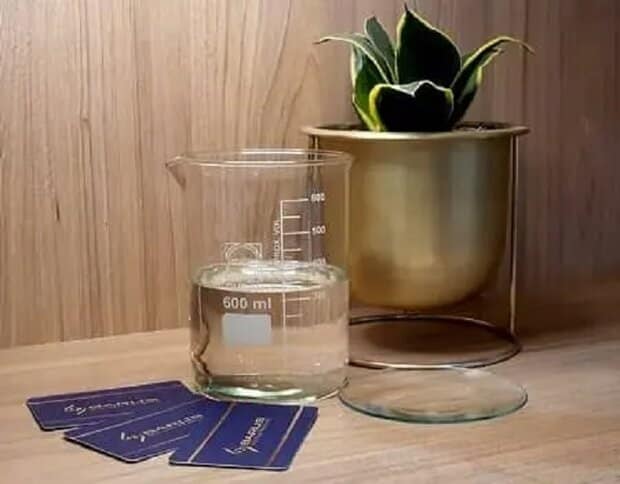
-EuPC: High Energy costs badly affect plastics converters in Europe
Several European Plastics Converters are at risk due to the high Energy prices.
Converters like many other energy-intensive industries, are shocked by the dramatic increase in electricity and gas prices. Although some companies have so far been able to avoid a cost increase due to current contracts, the industry average has doubled electricity costs since the beginning of the year.Sustainable-plastics – Nonwovens
However, many companies have to pay up to 750 percent higher electricity price than at the beginning of the year. In certain countries, the additional salary increases on top of the energy costs increases have placed converters in front of a dilemma to continue production or stop the processing lines. This situation will actually put at risk the supply of essential packaged goods in the EU. For certain industries in some EU Countries there is currently no business case to continue production nor visibility and certainty for investments and further developments. The effects of those closures are also starting to have a severe impact on the European industrial base.
EuPC Managing Director Alexandre Dangis calls the EU Commission, Council of Ministries and European Parliament to agree and to suggest on very short-term impactful actions which are needed at European level for keeping the industrial value chains operating.
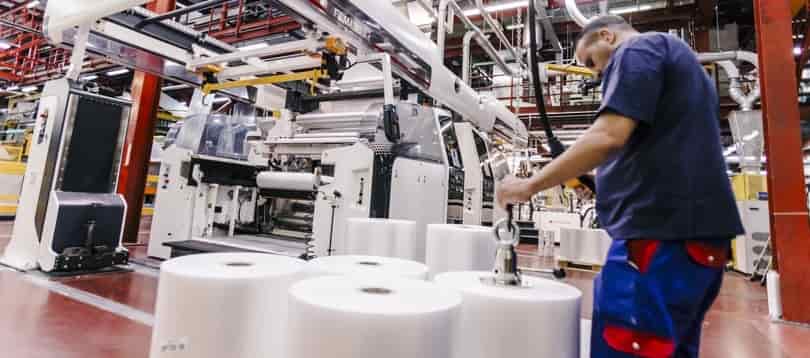
In the EU, recycled PET is becoming almost as rare and expensive as white truffles or gold. Everybody wants qualitative recycled PET from beverage bottles, and the demand significantly exceeds the offer.
Delphine Close is an EU Policy Manager at UNESDA Soft Drinks Europe.
Business is business, but not all businesses are the same. Only some: have to meet mandatory recycled content and collection targets; have to comply with strict food-grade safety requirements for their packaging; make considerable investments in the recyclability, collection, and recycling of their packaging; and can recycle their packaging several times in a closed loop.Sustainable-plastics – Nonwovens
This is the case for beverage producers. Despite those legislative requirements and their investment in bottle-to-bottle circularity, many soft drink companies have limited or no access to the recycled PET issued from their packaging.
SMEs are at particular risk of being unable to reach EU mandatory recycled content targets.
Lucia Morvai, Director of External Affairs and Communications at Správca zálohového systému, the Slovak Deposit Return System (DRS) Administrator, testifies: “We have some reasonable concerns regarding the risk faced by some producers not being able to meet the obligations arising from the EU Single-Use Plastics Directive, especially when it comes to access the sufficient amount and quality of recycled material needed to produce new drink containers made with recycled PET.”
Small to medium-sized enterprises (SMEs) are particularly at risk. Most of them cannot afford the very high prices of recycled material. Recycled PET price premium over virgin PET is continuously reaching new records. In Europe, rPET is reported at a 30%-plus premium over virgin.
The Portuguese SME Água de Monchique confirms that the current rPET price is already way too high, and “when more producers will start incorporating rPET to meet the 2025 and 2030 targets, the access to rPET will be even more limited, and the situation may get worse”, they add.
The rPET price is currently defined by what the highest bidder is ready to pay, with companies from the food, textile and automotive sectors (among others) competing against each other. While this situation may please the recyclers, it cannot be seen as fair that many businesses with recycled content targets cannot access the necessary material to comply with their legal obligations or that the current pricing favours downcycling over closed-loop recycling.
Petra Medved Djurašinović, Secretary General of the Slovenian Beverages Association, explains: “In Slovenia, over 100 companies operate in the beverage industry, employing over 1,200 workers. These are mainly SMEs, and many are currently facing a severe crisis due to the rising prices of recycled material and its general unavailability. In this context, and to support our sector’s efforts to create a closed loop for beverage bottles, a mechanism that grants better access to recycled material is crucial”.
The need for action is also supported by Bert Harwig, SHEQ Manager at United Soft Drinks, a Dutch beverage SME: “The demand for high quality recycled PET is growing by the day, which means it becomes increasingly difficult to get the right amount of rPET.
To stay competitive with larger companies, for an SME like us, it is essential that basic rules about the buying of recycled PET from our packaging are set. It means we should have the first right to buy back the amount of recycled PET in proportion to what we put on the market”. Sustainable-plastics – Nonwovens
What is the solution to help SMEs access the necessary recycled PET?
This access problem could easily be solved by introducing a priority access mechanism or right of first refusal in the upcoming revision of the EU Packaging and Packaging Waste Directive (PPWD). Every producer (from the smallest to the biggest one) would then have the option to buy the recycled material issued from the recyclable packaging it put on the EU market (after adjustment for collection and recycling rates).
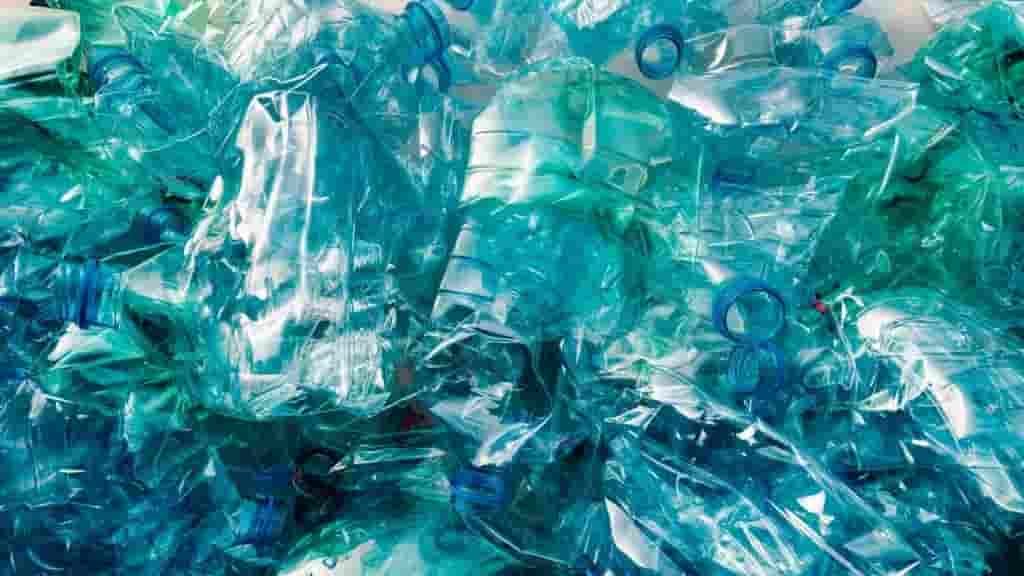
The new PM would have a capacity of 600,000 tpy, final decision is expected in H1 2023.
German containerboard producer Varel is considering building a new mill to make ultra-lightweight recycled corrugated case material at an additional site in Wilhelmshaven, Germany. The company announced that it was engaged in intensive preparatory planning for the project; Varel was looking into adding another production line for ultra-lightweight recycled paper for the German and international corrugated board industry. The favoured location in Wilhelmshaven is on the site of a closed Uniper coal-fired power plant. Varel is embroiled in in-depth discussions with Uniper about the site.
The planned machine will have a capacity of 600,000 tpy and be designed to make ultra-lightweight grammages starting at 60 g/m2, according to Varel. The firm expects to make a final decision on the project in the first half of next year, with production starting in 2026 at the earliest. At present the company has total output capacity of about 930,000 tpy of recycled solid board and recycled fluting and brown and white recycled liner as well as a number of composite materials.Sustainable-plastics – Nonwovens
Varel feels that the market for sustainable packaging materials has potential and feels that ultra-lightweight packaging paper will be essential to next-generation fibre-based packaging. The site in Wilhelmshaven could work towards climate-neutral manufacturing from the outset, the firm said, adding that potential wind and solar power sources and green hydrogen offered a wide variety of opportunities to do so.
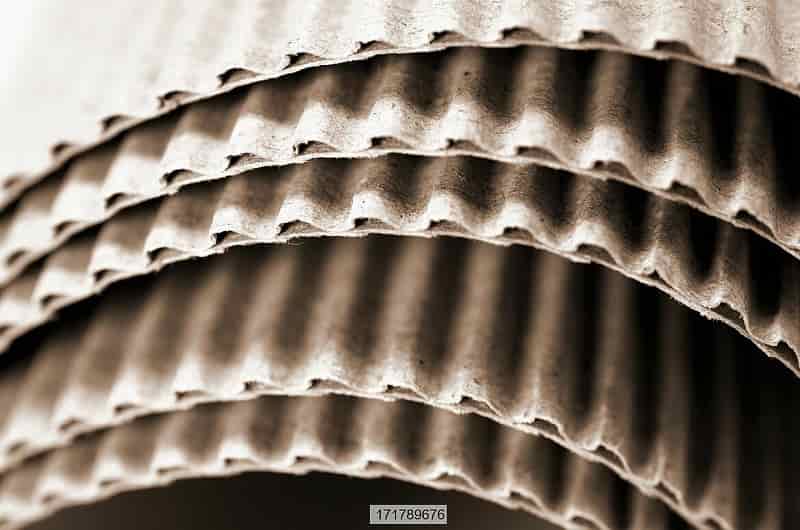
-Nonwovens sector issues energy price warning
The European nonwoven and textile industries has responded to the EU Commission initiatives aimed at tackling the current energy crisis with warnings of drops in capacity and significant job losses if more incisive action is not taken without delay.
In August, when gas wholesale prices reached the record level of 340€/MWh – triggering also sky-high electricity prices – the European textiles industry called on the European Union to adopt a wholesale price cap for gas, the revision of the merit-order principle in the electricity market, support for SMEs and a single European strategy.
On 14 September 2022, on the occasion of the State of the Union address by President Von der Leyen, the Commission announced initiatives aimed at tackling the dramatic energy crisis that the Europe is facing.Sustainable-plastics – Nonwovens
“We, the European associations representing the whole textiles’ ecosystem, welcome these proposals by the Commission to change the TTF benchmark parameters and decouple the TTF from the electricity market and the revision of the merit-order principle for the electricity market, which is no longer serving the purpose it was designed for,” the industry said in a joint statement. “We also welcome the proposal to amend the state-aid framework that, in our view, should include the textiles finishing, the textiles services and the nonwoven sectors as well as a simplification of the application requirements. Furthermore, we call for a uniform implementation across the EU.”
However, the industry has also acknowledged that the Commission proposal lacks in ambition and – if confirmed – will come at the cost of losing European industrial capacity and European jobs. “Ultimately, Europe will remain without its integrated textiles ecosystem, as we know it today, and no mean to translate into reality the EU textiles strategy, for more sustainable and circular textiles products,” the statement said.
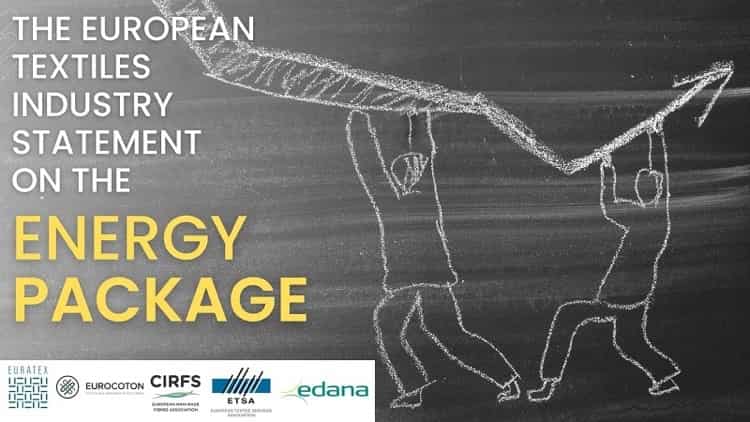
-Researchers propose new technology for aviation materials to allow for adjusting their properties
Russian scientists have proposed a technology for a lightweight and durable composite material creation. It is based on a polymer matrix and carbon fibers. Such material can be used in aircraft construction to create elements of a power set and hull structures. The developed composite can be easily recycled or disposed of, which makes it more environmentally friendly than its analogs. Sustainable-plastics – Nonwovens
The study has been published in Polymers.
Carbon fiber is a unique material consisting almost entirely of carbon atoms. Its high mechanical strength at low weight, resistance to high temperatures and excellent corrosion resistance ensured its wide application in such high-tech industries as rocketry, aviation, construction, and medicine. Carbon fiber reinforced composite materials are particularly in demand in the aircraft industry. Parts and structures made of them reduce the final weight of the aircraft, and therefore fuel consumption, thereby reducing the cost of the aircraft operation and environmental impact. However, most of today’s carbon fiber composites are based on epoxy resin and other non-melting, insoluble materials that are not recyclable.
Scientists from MISIS University have created a new composite material based on engineering thermoplastic polymers and carbon fiber, which effectively retains its performance properties in aggressive environments, such as aviation fuel, while being easily recyclable. Sustainable-plastics – Nonwovens-sector
As a reinforcing material, the Russian-made carbon fiber has been used. For the first time, polyethersulfone powder was used for the matrix production instead of the conventional epoxy resin. It is an amorphous thermoplastic polymer with excellent mechanical properties and resistant to high temperatures, steam and various chemicals. It is also important that polyethersulfone is recyclable, unlike epoxy.
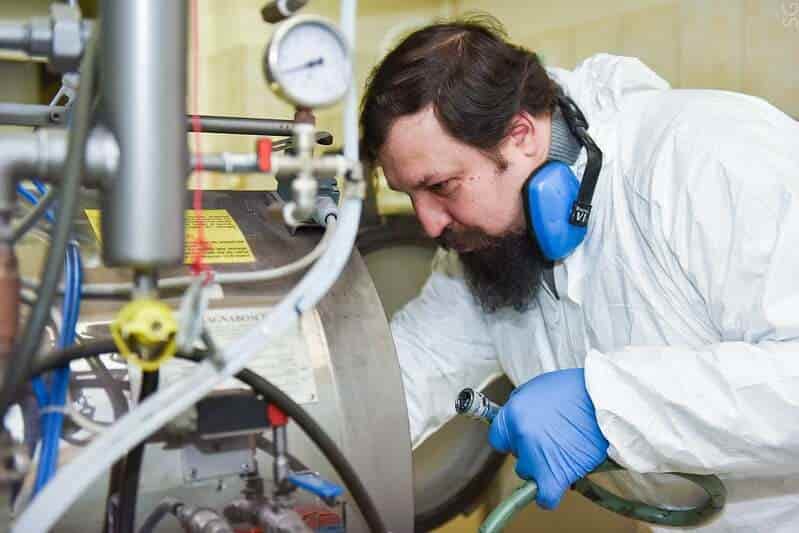
Sustainable-plastics – Nonwovens
